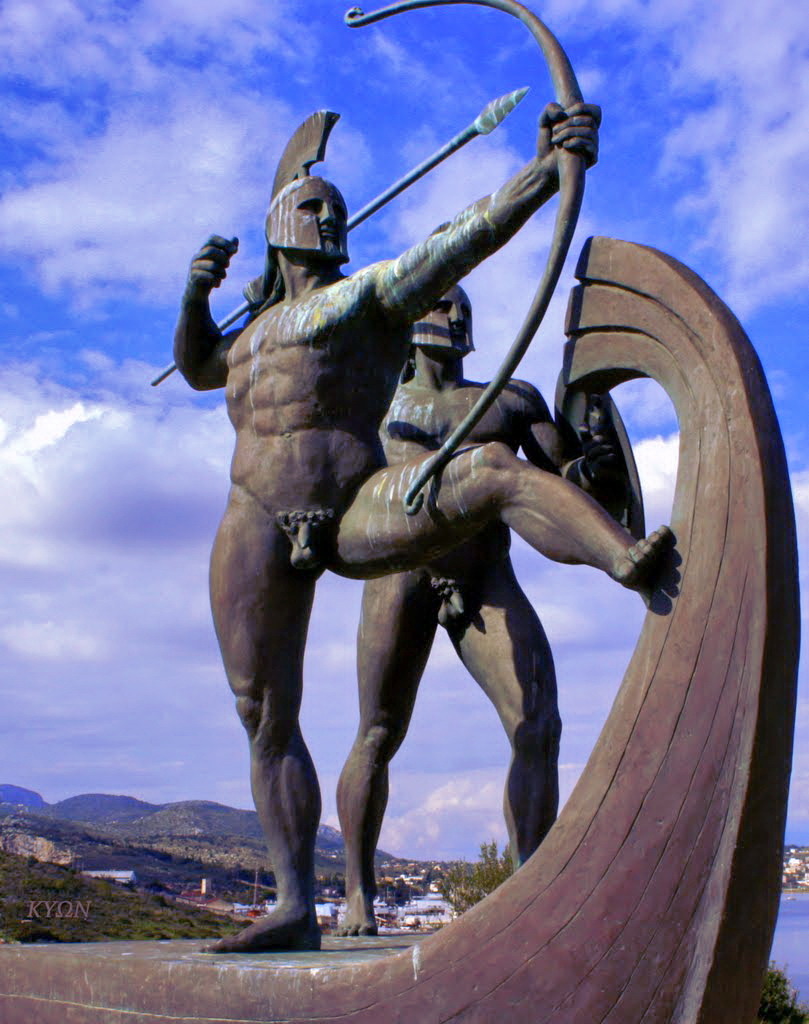376
377
378
379
380
381
382
383
385
387
The Forum Baths in Pompeii were established in 80 BC and were the only baths still in use after the earthquake of 62 AD. The walls are beautifully decorated with frescoes of garden scenes, and the vault ceilings are embellished with stucco friezes. @pompeii_sites
389
Stater of Taras (Tarentum) with Taras on dolphin.Date: Greek Early Classical Period, c. 473–460 B.C. Collection: MFA Boston.
391
393
Spiral finger ring. Period: Hellenistic, 200 BC.- 100 BC. Medium: Gold. From the Museum of Cycladic Art. Source: cycladic.gr
394
395
397
The Temple of Neptune, Paestum, Salerno, Italy. Photographer: Giorgio Sommer (Italian, born Germany, 1834 - 1914). Source: getty.edu.
398
400

























